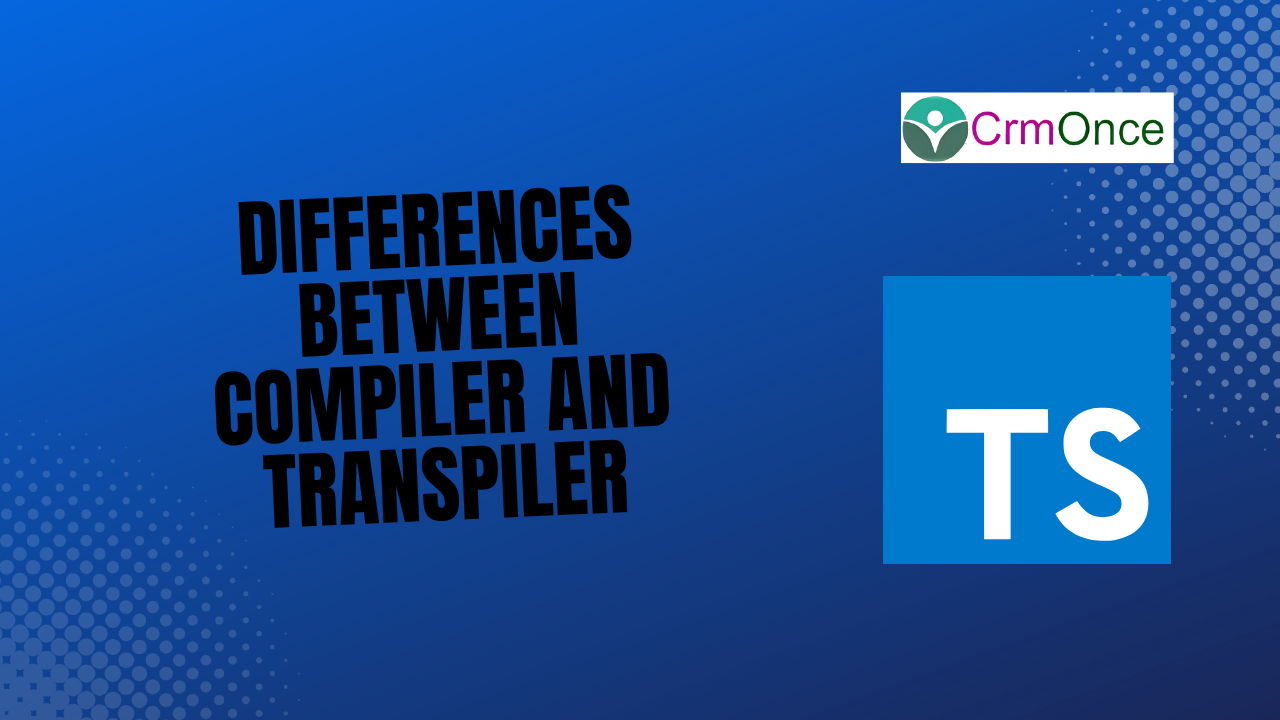In this blog we will discuss about the differences between compiler & Transpiler in Type script .
Compiler :
A compiler is any programme that takes source code written in one language and converts it into output code written in another language, usually with a lower level of abstraction. In practise, compilers convert code written in high-level programming languages, which have a higher level of abstraction to the machine but are more readable to humans, into assembly language, which has a low level of abstraction to the machine and is easily convertible to binary machine codes but has little human comprehensibility.
Transpiler :
Transpilers can also translate source code written in one language into output code written in another language with a comparable level of abstraction. Source-to-source converters are transpilers. They translate programmes written in one high-level language, such as Java, into another high-level language, such as C++, that has a comparable level of abstraction. This output requires a compiler to be converted into assembly code in order for the machine to run because it is still abstract to the hardware.
Difference between compiler and Transpiler :
Compiler :
- It converts a high-level language source code into a low-level language output code.
- The abstraction level of the source code is higher than that of the output code.
- After linking and decoding into machine language, the assembly language output code is easily executable.
- In a compiler, the source code is read, parsed, transformed into an abstract syntax tree, and eventually translated into assembly language after being semantically analysed.
- An illustration of compilation is the translation of Java code into instructions in assembly language.
Transpiler :
- It transforms high-level source code into high-level output code in several high-level languages.
- The level of abstraction in both the source code and the output code is the same.
- A compiler is needed to translate the output code from high-level programming language into low-abstraction assembly language.
- The source code is parsed and translated into an abstract syntax tree in a transpiler, which is subsequently transformed into an intermediate model. The target language’s abstract syntax tree is created as a result, and code is produced.
- Transpilation is the process of converting Java code into C++ code, for instance.
For any Help or Queries Contact us on info@crmonce.com or +918096556344

